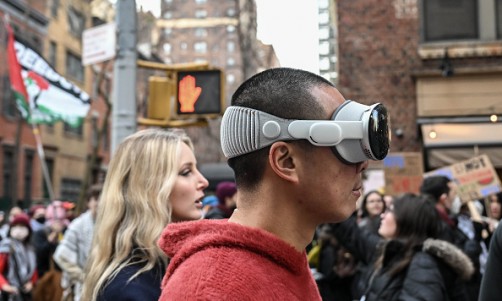A new study indicates that people who engage in regular and brisk walking after a stroke improve their mobility and quality of life.
The study was conducted by researchers at the University of the West Indies in Jamaica. The researchers had one group of stroke survivors follow an outdoor walking program for three months. They monitored heart rate and blood pressure before and after each walking session. A second group did not engage in walking but received therapeutic massages.
The 128 participants ranged in age from 42 to 90 and had all suffered a stroke six to 24 months before the study. By the time the study ended, those in the walking program walked 17.6 percent farther in a six-minute endurance test than those in the other group. Their resting heart rate was 1.5 percent lower. They also showed a 17 percent improvement in quality of life.
"Walking is a great way to get active after a stroke," says lead author Carron Gordon, who is a lecturer in the physical therapy department at University of the West Indies in Jamaica. "Walking can help control blood pressure, reduce lip or fat levels and help with weight control — all cardiovascular risk factors. So doctors should encourage it for patients who have had a stroke."
Gordon added that many stroke survivors avoid walking because they either lack energy or are afraid of falling while walking. The researchers recommend that stroke survivors get 20 to 60 minutes of aerobic exercise three to seven days per week.
Over 795,000 Americans have a stroke each year, according to the Centers for Disease Control and Prevention (CDC), 610,000 of these are first strokes, while one in four are repeat strokes. Previous research has shown that physical activity after a stroke can help improve quality of life, but those studies were evaluated through treadmills and cycling.














